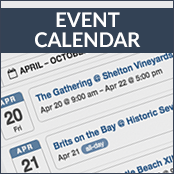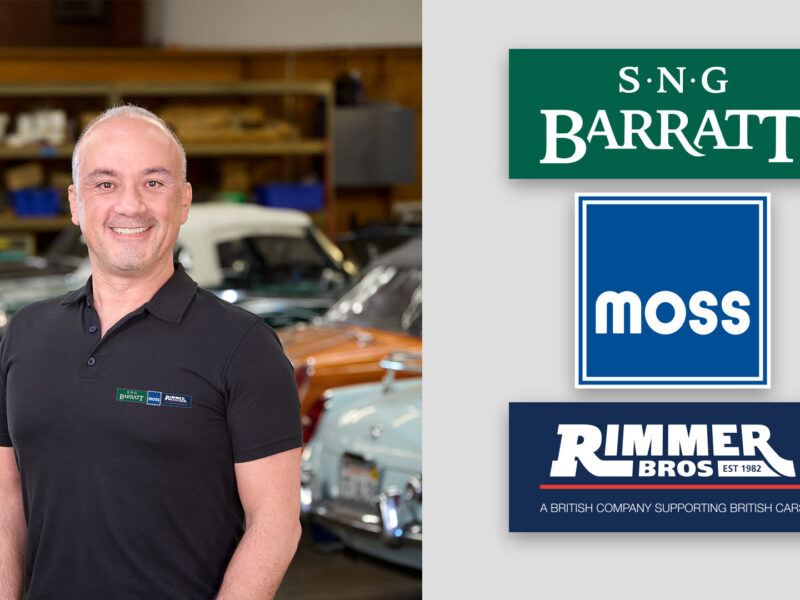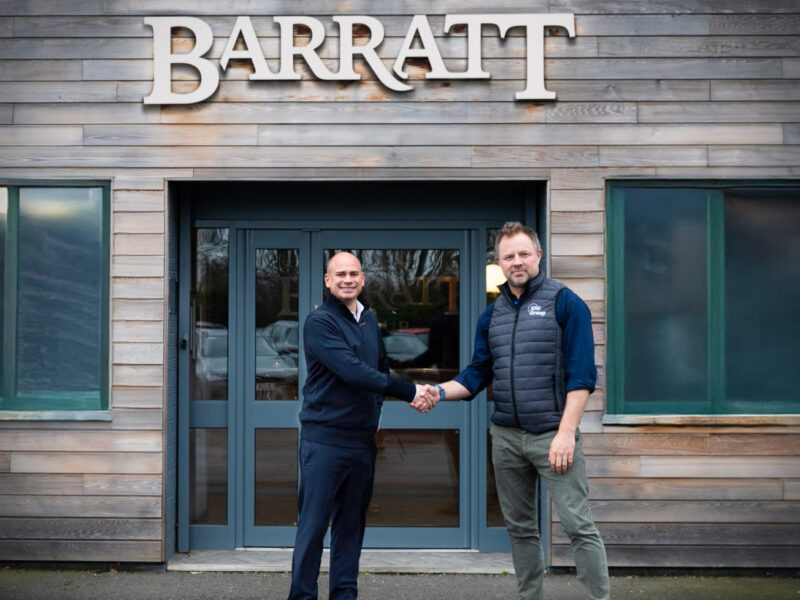When looking to purchase a convertible top for your Austin-Healey there are a couple of key points of information you need to make a proper and informed decision.
1. What top frame do I have?
The top frame is the key to purchasing the correct top for your Austin-Healey. Many of the top frames are interchangeable and many times the previous owners have changed them out much to the amazement and chagrin of the current owner. Never assume your top frame is original.

Moss part number 453-670 top frame for 100-4 BN1, BN2. Top frame is mounted to the inside of the cockpit using 3 large Phillips head screws. Chrome latches securing the top to the windshield frame are on the outside of the top. There is a pocket sewn into the rear edge of the top for a flat steel bar 34.5 inches long. This bar is hooked under the two rear shroud retainers to hold the rear of the top down. The side and rear of top is secured to the car by tall turn-button fasteners at the top of the B pillar. Two Tenax fasteners on each side, one on the fender, one on the rear shroud.

Moss part number (453-675) Top Frame for 100-6 BN4 to CE 68959. The early BN4s were the first 4 seat Big Healey. All BN4s built in Longbridge Sept. 56-Aug. 57 (6,045 cars) and the first BN4s built at Abingdon from Nov 57-Apr 58 (4,241 cars) were fitted with a complicated sliding and folding top frame that was permanently attached to the body. The header, or head bow, was not connected to the main bows other than through being attached to the top material. There was an aluminum trim strip mounted to the underside of the wood header which had a curved front edge that hooked over a flange on the top frame of the windshield. When erecting the top, one of the early steps is to hook the header to the windshield and clamp it in place using the two latches. The top is then attached to the body, starting at the rear of the cockpit. The last step is to pull the rear bow into place, which tightens the top material all around. The top is secured with 4 Tenax fasteners. The single plastic window is sewn in. They stopped production of the BN4 (May ’58) for 4 months so they could concentrate on the BN6, a two-seater.

Moss part number (453-695) Top Frame for 100-6 BN6; 3000 BN7. The removable top frame attached to the front header bow and had collapsible cant rails over the doors. The ends of the legs had adjusting screws to adjust height of top opening to suit the side curtains and/or to increase tension on the top. The bottom 2.5 inches of legs on original frames had cream colored plastic sleeves to protect the aluminum trim pieces around the sockets. Top is secured with 4 Tenax Fasteners. All tops came with straps; the straps were not sewn to the top. Straps are attached to front header rail with tacks then wrapped around the rear bow and secured with a metal plate and two screws.

Moss part number (453-666) Top Frame for 100-6 BN4 from CE 68960; 3000 BT7 to CE 1528. When they resumed 100-6 BN4 production at Abingdon in September ’58, they abandoned the complicated sliding/folding top frame and introduced a removable top frame. The legs of the top frame bend outward sharply from the tips. The tips of the legs were smaller in diameter than the top bows themselves, and they go into sockets just behind the door openings. Two webbing straps were attached only to the header and rear bow; they were not stitched to the top. The first 3000 Mk I BT7s (which was an identical body style to the preceding BN4s) had the same style top frame.

Moss part number (453-667) Top Frame for 3000 BT7 from CE 1529 on. At chassis BT7 1529, (date unknown) the legs of top frame were modified. The bend disappeared, and the removable top frame dropped into sockets mounted about 5 inches farther back than they were on the earlier BT7 (located on the top of the rear inner fender well rather than just behind the door opening). BT7 tops had 2 grey webbing straps, sewn to the top and secured under the wooden front top bow. They were not screwed to the top frame. Straps are trapped between the top material and the reinforcing strip in the underside of the seam. Straps are centered on the two longitudinal seams. Straps need to protrude past the front edge of the top by about 4 inches.

Moss part number (453-655) Top Frame for 3000 BJ7 from (B) 59372 approx. Apr. ’63; 3000 BJ8. The top frame bolts to a flat-topped pillar near the B-post. The top permanently attached to the car. Rear window secured with metal clips to a metal plate so the window could be lowered with the top up for better ventilation. The later top w/zippered window will fit if the metal strip for the clips is removed. Because the tops are interchangeable, many early BJ7s have tops with zip out rear windows.
2. What was the original top material?
100-4 BN1, BN2
On 100s the tops were made of Vynide and the cloth backing was an off-white or light beige. Although often described as “vinyl” it is not really correct. Most people associate vinyl with the synthetic upholstery material which has some stretch. The Vynide was thinner than most vinyl and had very little stretch. The grain pattern is generally described as “fine”. It proved to be very durable, but difficult to work with especially when cold because it was so stiff. Vynide was the registered trademark of the p.v.c. coated fabric manufactured only by the Leathercloth Division of the Imperial Chemical Industries (ICI), Ltd. (London, SW.1) and they used the phrase “best in the long run” in their ads. It is not generally available because the company that has the rights to produce it has large minimum orders and there are better materials generally available.
100-6 BN4, BN6; 3000 BN7, BT7
In all cases the soft tops were made of Everflex vinyl in black, blue, or “grey”. Everflex had a cloth finish on the underside in a light grey color. A clear vinyl back was fitted to the tops, seam welded to the Everflex top. Several companies made the rear windows, including Vybak and Tri-lite.
3000 BJ7, BJ8
The top material was Everflex vinyl, in blue for the Healey blue cars, “grey” (beige) on the cars with “grey” interiors, and black on all other cars.
Please Note: It is generally accepted that the 100s had Vynide tops, and everything else had Everflex. This is consistent with the Councours Guidelines. However, evidently new information has come to light and the Concours Guidelines supplement which (in referring to cars after the BN1 and BN2) reads “On later Healeys the material manufacturer varied, but the backing in all cases ranged from this beige to a light gray. In no instances was the inside color of the top material black.” This does not affect the originality of the British Everflex tops we offer.
3. What top materials are available today?
 Robbins Crush Grain Vinyl – The best American vinyl tops we’ve seen, period. By using Haartz Supreme 36-oz. pinpoint-grain vinyl (backed with pre-shrunk cotton cloth), you get a superior product. For greater durability and to ensure the seams remain water tight, seams are stitched, then electronically sealed. The 40-gauge rear window is made from Regalite B.U.V. Ultralight plastic, which offers superior resistance to UV rays and scratches. We offer tops in non-original
Robbins Crush Grain Vinyl – The best American vinyl tops we’ve seen, period. By using Haartz Supreme 36-oz. pinpoint-grain vinyl (backed with pre-shrunk cotton cloth), you get a superior product. For greater durability and to ensure the seams remain water tight, seams are stitched, then electronically sealed. The 40-gauge rear window is made from Regalite B.U.V. Ultralight plastic, which offers superior resistance to UV rays and scratches. We offer tops in non-original
American vinyl as an alternative to the more expensive British Everflex. Although the grain pattern is similar to Everflex, it is not going to pass as original. Feedback from customers generally indicate the American vinyl tops are a little stiffer than the Everflex. Aside from the originality aspect, these are superior tops in every way, and offer outstanding value for the money.
Robbins Imported English Everflex Vinyl – If you want your top to be as close to original as you can get, this is the only material to consider. Made in England and imported by Robbins, this material is accepted as original for all Healeys except for the 100-4 (BN1 & BN2). For those cars it would be considered a replacement type material for the original “Vynide”, which is not available.
Robbins Sunfast Canvas – Absolutely the finest cloth top available. If originality is not your primary concern, Robbins Sun-Fast offers an opportunity to upgrade your top. Sun-Fast fabric uses 100% acrylic Glen Raven surface cloth, laminated to a pre-shrunk cotton backing cloth. Sun-Fast is engineered for high tensile and tear strength, but the fabric stays soft, supple and color-fast. The 40-gauge rear window is made from Regalite B.U.V. Ultralight plastic for superior resistance to UV rays and scratches. Because it is a woven fabric, it looks like the top on a Rolls-Royce Corniche more than a top on a British Sports car, and the biggest problem when the top is up is that people just naturally want to touch it. Sun-Fast has a practical side as well. Sun-fast canvas resists fading and shrinking better than vinyl and does not stiffen up at lower temperatures. This means you don’t have to be Hercules to put your top up on a cool morning. Made in the USA by Robbins.
4. Why Robbins Auto Tops Austin-Healey Tops?
Over the years, Moss has offered tops from a variety of manufacturers. We settled on Robbins for several reasons, the primary consideration being quality. Robbins has a reputation among Healey owners and restorers that is second to none. Robbins is committed to manufacturing high quality products which offer long term value to convertible owners.
Quality Material & Custom Workmanship: Robbins uses only first quality top material and original style components. Combine that with the finest custom workmanship, and you end up with well made long lasting tops that fit correctly and look sharp.
Computerized Cutting: Robbins has invested heavily in modern computer aided production equipment By using a Gerber® Cutting System and its CNC controls, materials can be processed without tooling by loading digitized patterns for cutting vinyl and canvas top material. This produces pieces that are 100% accurate every time. This means that the assembly of the tops proceeds smoothly, and the finished product is consistent and the installed fit is correct.
Factory Designs Duplicated or Improved: Robbins duplicates factory designs, and improves upon them when necessary. They add reinforcements where experience has shown them to be necessary. Advances in materials and technology have resulted in better heatsealing processes, which improves the quality and durability of the tops they make. Tops made with American Crush grain vinyl incorporate numerous modern features, while the emphasis is on originality with the British Everflex tops. To that end, they are working with Healey restorers to bring the tops as close to the original design as possible.
Heatsealed Reinforcements: Robbins heatseals reinforcements in most of our products for extra strength and to prevent side to side shrinkage in tops. Heatsealed reinforcements will not bubble or fail over time as do most glued reinforcements. It takes more time and costs more, and you will never notice it looking at the top, but it means the useful life of the top is extended.
Plastic Windows: Robbins uses only full width Regalite B.U.V. and Ultrashield plastic sheets, to manufacture their plastic window assemblies. We use, never lower quality less expensive grades. We duplicate all factory style extrusions and components.
Finish and Detail: Robbins purchases full width cloth and vinyl binding materials that are run to our specifications, to make most bindings we use to finish our tops and other products. Our bindings are more supple and sew on easily without bunching around tight curves on tops. Stitching in our products is held to a uniform length, and we do not ship products with broken or erratic stitches.
Testing and Quality Systems: Robbins performs stretch testing, sew testing and heatseal testing on samples of every batch of material they receive. Thread and plastic sheets used to make the rear windows are also tested before any of the material is passed on to the production floor. Robbins passed the tough Ford Q1 Quality Audit, and they are currently working to obtain ISO 9000 quality system certification. They are committed to continuous improvement of their processes, products and level of service.
Continuity Since 1943: Three generations of the Robbins family have owned and operated Robbins Auto Top Co. Their experience in the design, manufacturing and installation of convertible tops, glass and plastic windows, tonneau covers and related products is unmatched in the industry.
Using What They Manufacture: Robbins business began as a trim shop, and they continue to operate their own shop as an R & D center, where Robbins products are installed daily to check the fit and appearance. Not many other top manufacturers can say that. The advantages are many. We knew we had a problem with one of the Robbins MGB tops we carry, but it was intermittent and we could not pin it down. We finally arranged to have Robbins fit one of the problem tops on a customer’s car, They realized that the early 1963 folding top frame required a pattern of its own, so they made one. There are not many early ’63 MGBs running around, but they did it anyway.
It’s About Value, Not the Price: When you need a top for your Healey, you are faced with a many choices. You can buy a top from a web-based company that operates on low margins and high volume. You have to ask yourself, Is that really what you want to do? Think about service after the sale, and what you can expect if there is a problem. Moss and Robbins will stand behind any top we sell, and you can count on that. Think also about how the top is going to look when it’s installed, and how it is going to look after a couple of years? By offering Robbins quality in three materials, we think we have a range of solutions that provide true value whatever your budget is.
5. What is included with a new top?
All the necessary fasteners are included in our kits but they are not installed as there may be variations in the locations of existing mounting hardware.
6. What other parts do you suggest for a successful installation?
The BJ7-BJ8 top is a tricky installation, and we recommend that it not be attempted without first viewing and understanding the information in the
#211-026 Soft Trim Installation Video. Refer to the Restoration Parts Catalog for additional tonneau components such as bows and stiffener sets.
7. Do I have to have the top professionally installed?
Although good results may be achieved by non-professionals, best results are achieved by a professional with experience with Healey top or tonneau cover installation. For this reason our tops do not come with installation instructions.
– Moss Motors Technical Services







'Austin-Healey Convertible Top Buyer’s Guide' has 1 comment
September 22, 2018 @ 2:59 pm Rick Hertzberg
My 1962 3000 Mk II, BT7 (tricarb) has the top frame shown for later BT7. The only webbing is two loops attached to the frame to assist in opening the frame after the top was hooked onto the windshield and snapped to the back of the cockpit. No webbing was attached to the top nor to the wood bow that hooks onto the windshield. I bought my car in 1969, 55000 miles so might not have been the original softtop. Question- please edit your explanation of the late BT7 re webbing: “Straps need to protrude past the front edge of the top by about 4 inches.” Where does that extra 4 inches go?